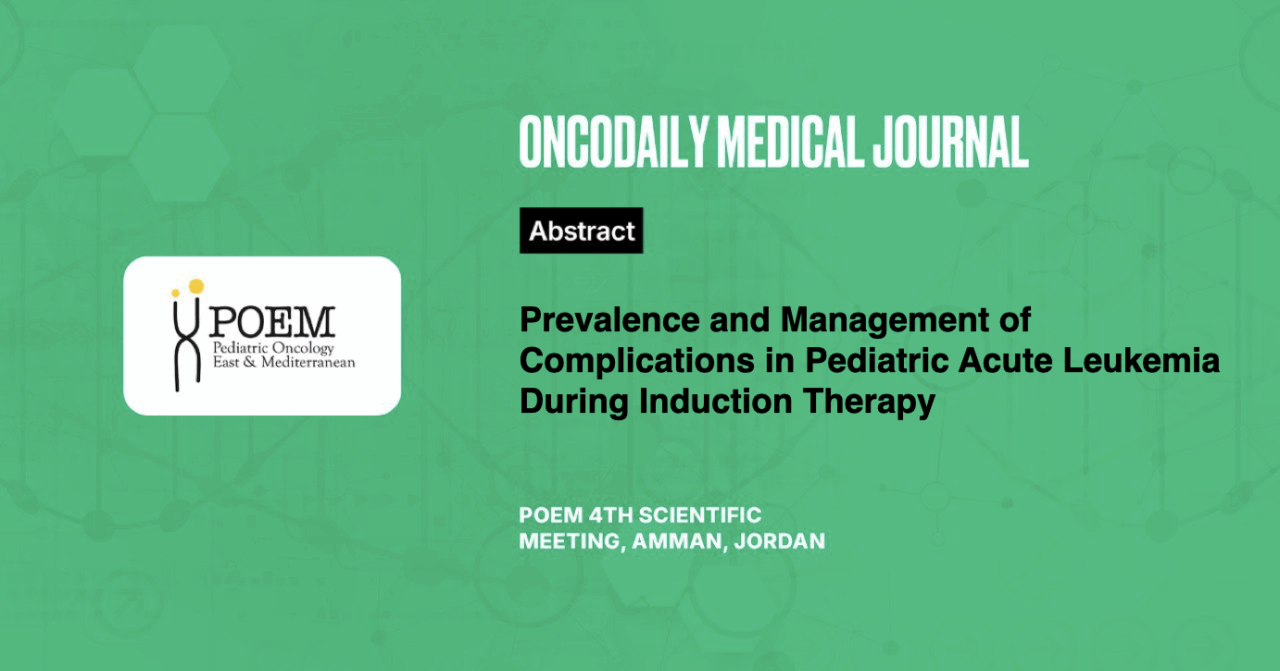Prevalence and Management of Complications in Pediatric Acute Leukemia During Induction Therapy
Abstract
Introduction: Combined chemotherapy for acute leukemia uses multiple drugs, increasing the risk of toxicity and side effects. Treatment discontinuation may be considered, directly impacting quality of life and clinical progression, either due to side effects or the need to delay, reduce doses, or suspend the chemotherapy regimen. The study aims to evaluate the impact of the place of hospitalization during treatment, and identify the various complications that may affect the overall response to treatment.
Methodology: This retrospective descriptive study, conducted from January 1, 2023, to December 31, 2024, included all patients under 18 diagnosed with acute leukemia who were hospitalized for induction chemotherapy.
Results: Out of 877 admissions, 36 patients were newly diagnosed with acute leukemia. 75% had ALL, 22.2% had AML, and one had undifferentiated acute leukemia. The median age was 10.8 years (14 months – 17 years) with a sex ratio of 1.57. 11% of patients had hemorrhagic syndrome (hematuria, epistaxis, alveolar hemorrhage, subdural hematoma). Transfusions included red blood cells (80.5%), platelets (66.6%), fresh frozen plasma (61%), and L-asparaginase injection (45%). 61% of patients developed febrile neutropenia, mainly from pneumonia, neutropenic colitis, facial cellulitis, and oral candidiasis. 41% received antibiotic prophylaxis, with 61% needing first-line, 38% second-line, and 19% third-line antibiotics. Additionally, 11% were treated with antifungals and 16% with antivirals. 27% of patients developed metabolic disorders. These complications caused chemotherapy discontinuation in two patients, treatment delays in two others, and three deaths, mainly from infections and hemorrhages. Complete remission was achieved in 75% of patients.
Conclusion: Acute leukemia treatment is often complicated by hemorrhages and septicemia, affecting the goal of rapid remission and increasing early mortality risk. Therefore, immediate access to appropriate facilities providing hematological support and infection treatment is crucial throughout the treatment phases.





